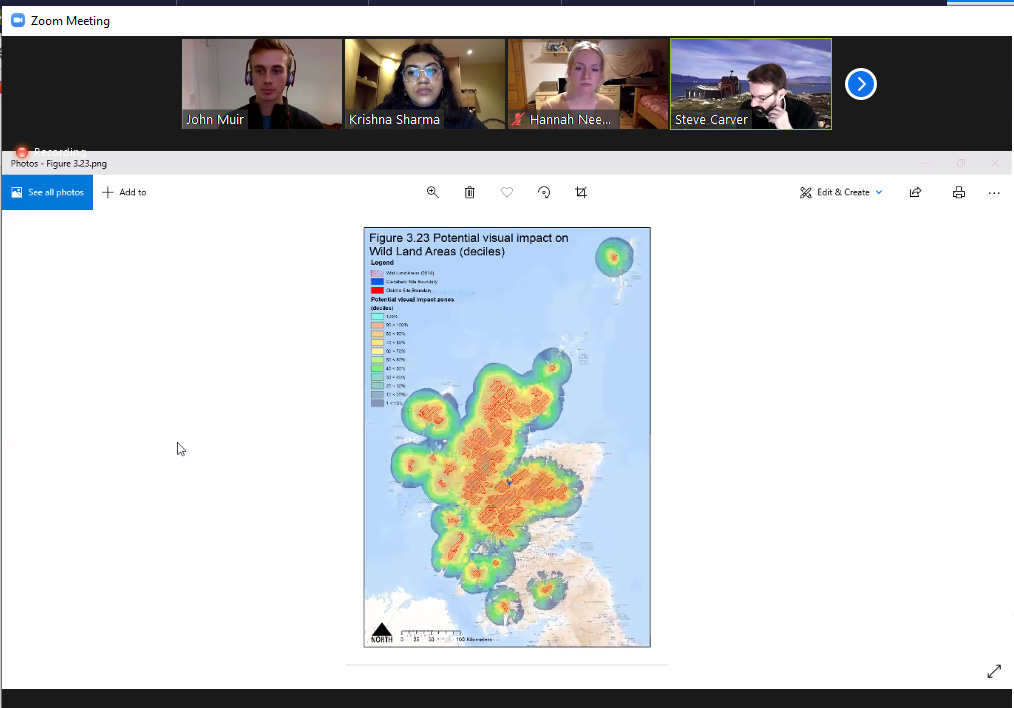The Future of Wild Places discussion
Huge thanks to everyone who joined us for the first of our online panel sessions this autumn. Here’s a taste of what happened…
The 2020 Our Wild Future series of discussions was off to a flying start on Wednesday evening when we were joined by a lively panel who shared their ideas about what the future of wild places might look like, before answering questions from the audience.
The evening kicked off with the panel sharing their favourite wild places - giving the 150+ attendees, from as far afield as Finland, a good introduction to their background and interest in the subject.
- Krishna Sharma, who works with other young people as part of the Keeping it Wild People’s Forum in London, chose Ruislip Woods in North West London as her favourite wild place.
- Hannah Needham, from new charity Heal Rewilding, chose her local heath near Woking in Surrey.
- Geographer and senior lecturer at University of Leeds Steve Carver chose Greenland (and the Cairngorms).
- Our Schiehallion Manager Liz Auty chose the land she looks after at the ‘Fairy Hill’ (but preferably in a few years’ time once the new woodland gets established).
During the hour-long discussion, the panel talked about what a wild place is and why they matter and the tricky balance between keeping it wild and meeting our energy requirements, with Steve Carver sharing a map showing the potential visual impact on Wild Land Areas (see above). Looking towards the future, the panel members rightly pointed out how important it is to harness the passion of young people and ensure their views are heard when decisions about our future are made.
After talking about sustainable ways to access wild places, which are under increasing pressure from visitor numbers, the panel agreed that the future of rewilding lies in rewilding people – exposing them to the benefits of wild places and encouraging them care about protecting it (through things like the John Muir Award, for example).
Panellists stressed that it is important to engage with marginalised communities and get them involved in caring for wild places. They also emphasised there are many ways to volunteer – even if you don’t live in a wild area.
Most of all they urged people not to give up hope for the environment. Try and find the wonder in nature and do what you can to make things better.

